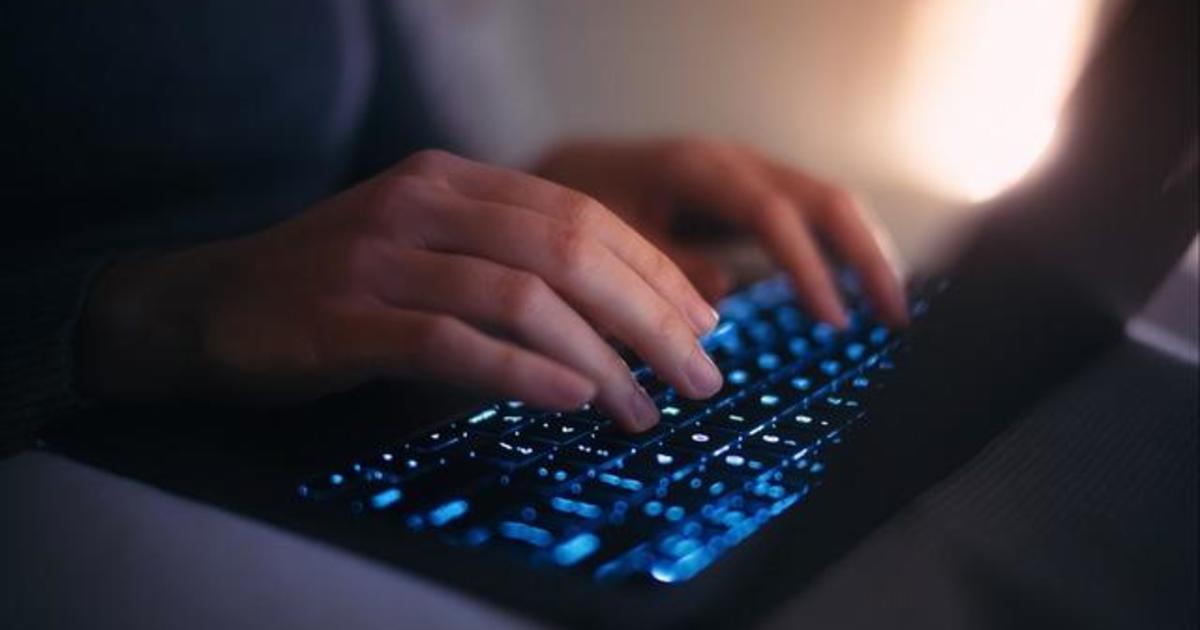Twitter’s Blue Check Apocalypse Is Upon Us. Here’s What to Know About Twitter’s Blue Check
The blue check mark on Twitter has long conferred a special status. Only certain accounts — typically those of public figures whose identities were confirmed — have been bestowed the symbol.
Now that is changing.
Starting on Saturday, many Twitter accounts will lose the check mark under modifications being made by Elon Musk, the social media company’s owner. Individual users must buy a subscription to Twitter’s Blue service, which costs $8 a month, to obtain the badge. Businesses that are currently unverified will have to pay $1,000 a month if they want a gold check mark verifying their account.
The move, which will help Twitter generate revenue by making certain features exclusive to subscribers, has implications for a range of users on the platform. Here’s what to know.
What does the change mean for Twitter users?
For those of you who primarily use Twitter to follow celebrities and news sites, this policy change will affect what you see and read on the service.
You may see fewer tweets from accounts you care about in your timeline, for instance, because individuals who choose not to pay for Twitter Blue will become less visible on the site.
It may become harder for most users to discern real people from phony accounts. If check marks are removed from the accounts of celebrities who are unwilling to pay for Blue, for example, it could become difficult to distinguish their accounts from impersonators.
Mr. Musk has said only posts from paid accounts with blue checks will be visible in Twitter’s “For You” tab, the default timeline of tweets that the platform shows you based on your interests. The only exception, he later said, will be posts from nonverified accounts that you already follow, which will continue showing up in your timeline.
All of this means it is likely to become tougher to discover posts from accounts without the blue check marks. For example, if you follow lots of news about sports and a nonverified account tweets some sports-related news, you won’t see it in your timeline unless you already follow that account. In the past, you may have found that content purely because it went viral.
One caveat to these likely changes is that Mr. Musk is not known for always following through on his public intentions. So parts of the check-mark policy could change as Twitter rolls it out.
Will people start paying for the check marks?
That all depends on whether the account holder derives enough value from having a blue check mark to justify paying for it.
Celebrities and institutions might choose not to pay because they already have large numbers of followers who will continue to see their posts.
The New York Times, which has nearly 55 million followers on Twitter, said on Thursday that it would not pay for the verified badge for its institutional accounts, including @nytimes. The Times also told its journalists that it would not reimburse them for a Twitter Blue subscription, except in rare cases when it was necessary for reporting.
But other types of Twitter users may choose to pay for the check marks. Those include some small businesses that use Twitter to market their services and want their content to reach broader audiences. In this scenario, paying for verification will essentially be an advertising expense.
Twitter is set to make some exceptions regarding which companies get to retain their check marks without paying. In an internal document, the company said it would let the 10,000 most-followed organizations, and the top 500 advertisers, that have already been verified keep their status.
What’s going to happen to Twitter?
Among social media companies such as Meta and Snap, Twitter is the smallest social network, and the company continues to shrink in size and relevance.
Mr. Musk has shed much of Twitter’s staff, leaving the company with fewer than 2,000 employees, down from 7,500 when he took over in October. The site still has problems with bots posting spam and impostor accounts impersonating public figures. Security issues, glitches and bugs are piling up. And some influencers and journalists are migrating to other platforms, including Mastodon, LinkedIn and Instagram.


